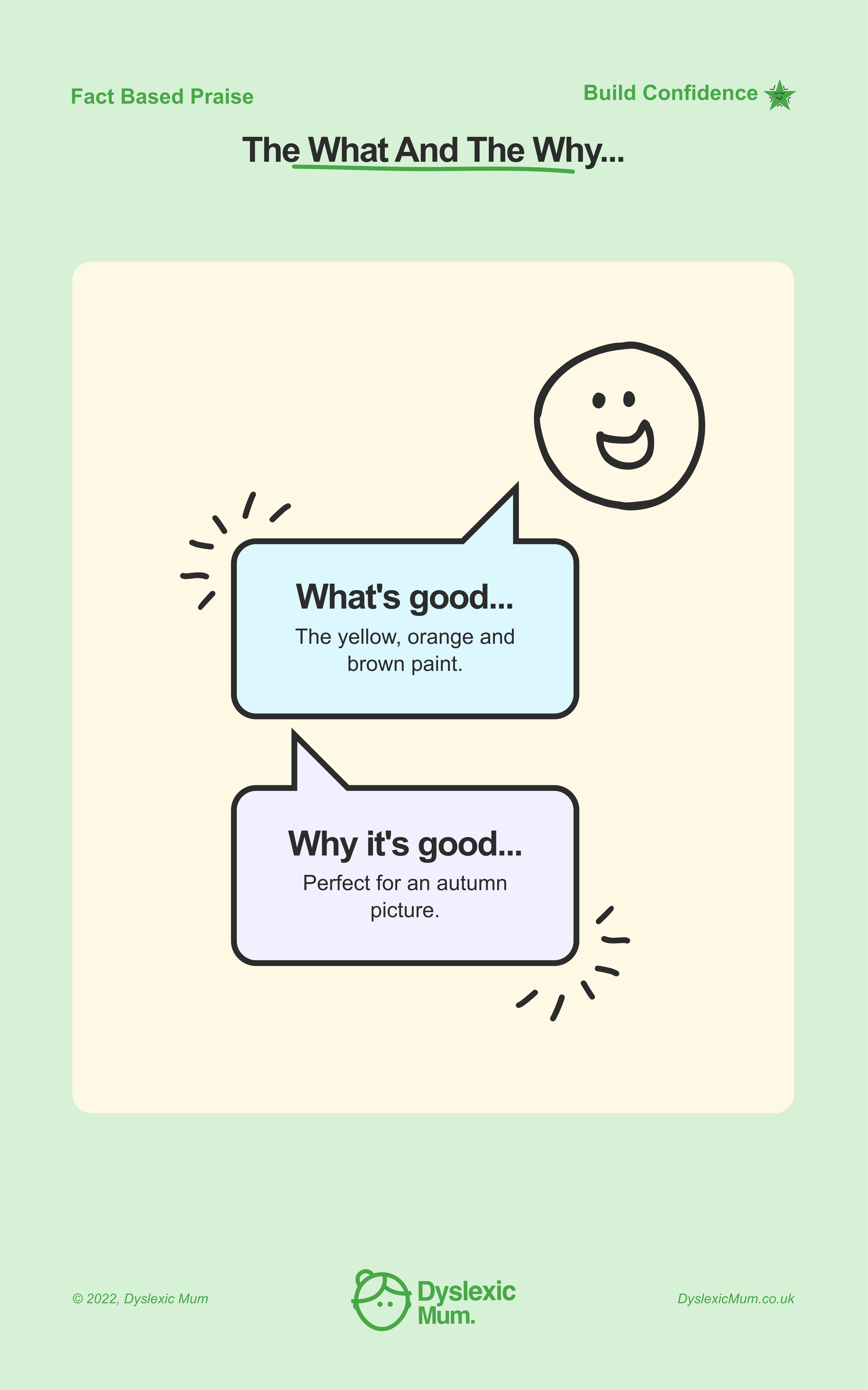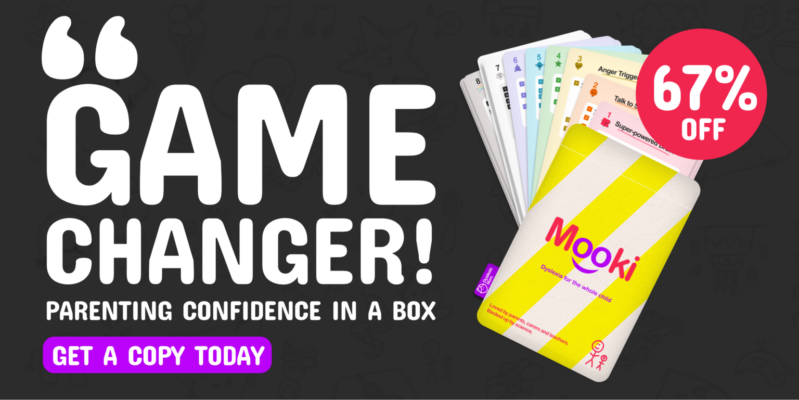Your basket is currently empty!
Learn how to give a dyslexic child praise in a way that will help to motivate them to learn more. Giving a child praise is very important. It helps to motivate them to learn more and builds their confidence.
Telling a child “well done” is a nice thing to do, it is a form of “praise”. Yet for them to do better, they need “fact based praise”. To be told “why”, their work is good. Fact based praise includes feedback about how well the child is doing. Explaining what is good about their work, with suggestions about how to improve. This helps the child to get better, giving them ideas to try in the future.
Learn more about giving quality praise see, “The power of effective praise”.
Fact Based Praise card
To help give a dyslexic child useful praise use the ‘Fact Based Praise’ card below. This activity from Mooki Cards is based on scientific research, learn more “Impact of behaviour specific praise”.
.jpg)

Give helpful praise to dyslexic kids
Learn how from the Dyslexic Mum how giving fact based praise to children is more helpful:
“Imagine your child came home with their school report and all it said was, “well done, good work”. What would you think? I would think how is this useful? I want to know why my is child good at and why?
When I worked as a teacher, we had the dreaded OFSTED visit. If all we said to a child was, “well done, good work”, we would have failed. To help the children get better we had to tell them, why their work was good and give ideas about how to improve. I have made this card below to help you understand what type of praise is good praise.”
Watch clickable video below where the Dyslexic Mum gives advice on how to give fact based praise:
When using the ‘Fact Based Praise’ card follow the top tips from the Dyslexic Mum below:
- Positive Praise – When giving a child feedback about their work, use lots of praise and be positive. Try to focus on what they have done well. Suggest what they could try to improve, rather than pointing out all their mistakes.
- What is Good? – When giving praise start by say what is good. Such as, “your spelling has improved, you have got 3/10 this week, well done!”.
- Why it is Good? – Follow by saying why the child’s work is good. Say, “I can see that you have been practising your spellings at home. This week you spelt “King” correctly, with a “K” instead of a “C”.
- Try this Next – Suggest to the child ideas to get even better. For learning spellings, they could try the “Rule of 10” method.
Everything you need to help a dyslexic child. 56 cards with 10 minute activities. Perfect for using at home or in the classroom. Order your “Mooki Cards” here!

